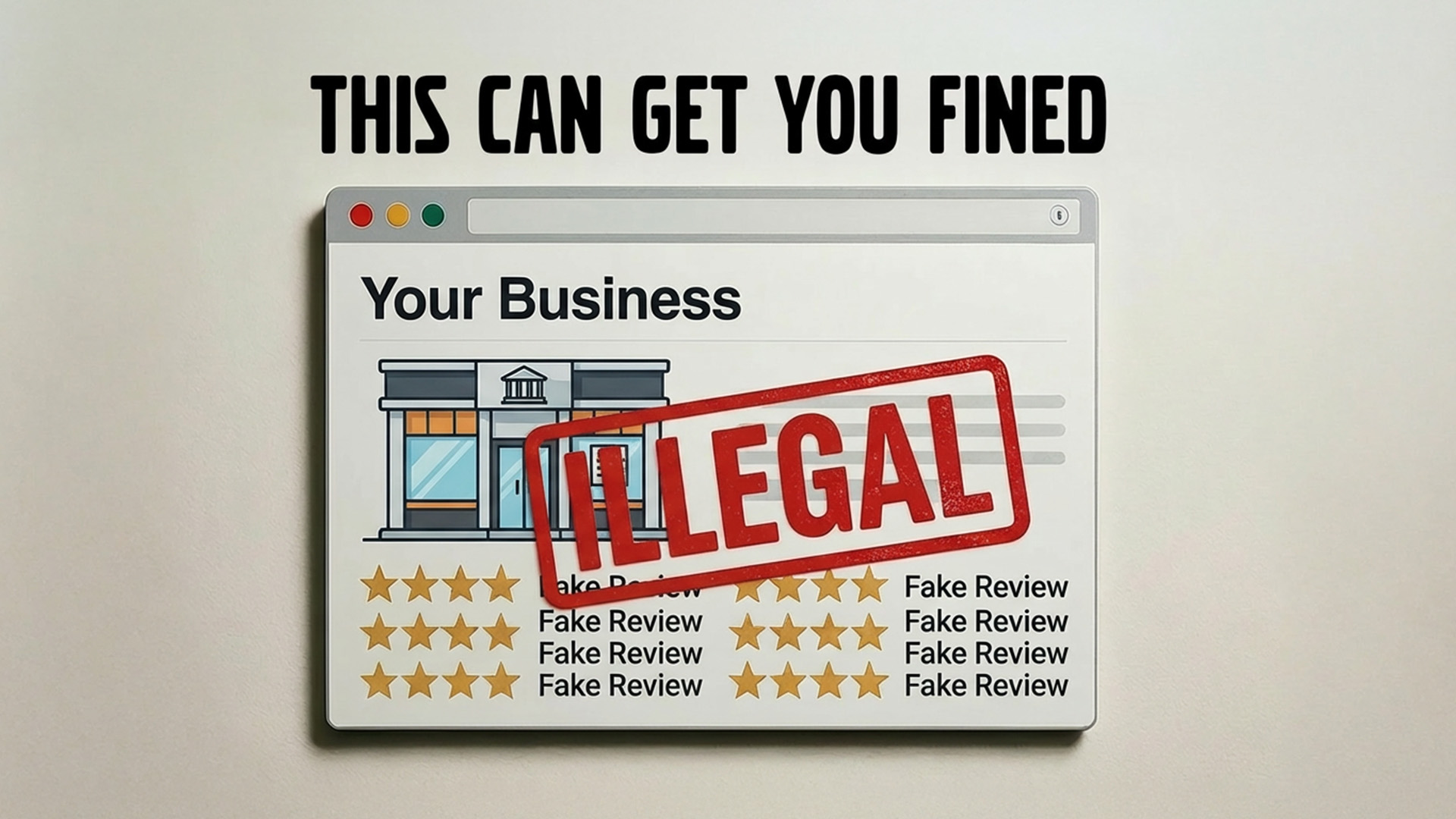Net Promoter Score (NPS) is a popular tool in the financial services world. It gives banks and credit unions a quick pulse check—how likely is a customer to recommend your institution? While it’s useful for internal benchmarking and tracking sentiment around specific touchpoints or service changes, here’s the hard truth: NPS is not a reputation strategy.
And if you’re relying on it as one, your institution is flying blind when it comes to what actually influences public perception and member growth in 2025.
1. NPS Doesn’t Touch Your Public Reputation
Your NPS score is private. Reviews on Google, Yelp, Facebook, Indeed, Glassdoor, and other platforms? Public—and powerful.
Those public reviews are a huge driver of search engine rankings, especially in Google Maps results. Even your employee reviews are now being factored into broader online reputations. NPS won’t help you show up higher in those search results. And it certainly won’t change what prospective members see when they Google your name.
Bottom line: You could have a sky-high NPS and still be buried on page two of Google with a 2.9-star rating.
2. Reviews Impact Paid Ad Performance and Cost
Public reviews don’t just help with SEO—they have a direct effect on paid advertising efficiency.
Google prioritizes businesses with strong, recent reviews for better ad placements, often at lower cost-per-click. That means every review you earn can contribute to lower ad spend and better conversion rates.
Relying solely on NPS while ignoring your public-facing reputation is a recipe for wasted ad dollars and underperforming campaigns.
3. Younger Audiences Trust Reviews, Not Surveys
Millennials and Gen Z aren’t reading internal bank reports. They’re searching.
And what do they see?
- Star ratings
- Review volume
- Recency of comments
- Responses from the business
If you’re not actively generating and managing reviews, you’re invisible—or worse, forgettable. NPS isn’t even on their radar. And that’s a problem if you’re serious about long-term member growth.
4. Every Ad Leads to a Search Engine
Let’s be real: no matter where your marketing starts—social, display ads, radio, TV, direct mail, YouTube—it ends with a Google search.
And what happens next depends entirely on what your reputation looks like in that moment. A high NPS score doesn’t appear in search. But your 3.4 stars and unresponded reviews do.
5. The Solution: Tech-Driven Reputation Management
If you want to move the needle on real reputation and revenue, you need a public review strategy supported by modern tech. That means:
- Automated review invitations post-interaction
- AI-powered response generation
- Integrated website plugins to showcase real-time feedback
- Reporting that ties review activity to member growth
- Tools for improving both customer and employee reviews
With the right platform in place, your institution can drive more trust, more traffic, more conversions—and yes, even better ad performance.
Final Word
Using NPS? That’s fine. Keep doing it if it gives your team insight.
Just don’t pretend it’s building your reputation. It isn’t.
Your reputation lives and breathes on the public internet—on Google, Yelp, Indeed, Glassdoor, and beyond. And if you’re not actively managing it, you’re not just missing opportunities… you’re paying for them to go elsewhere.
Build a real reputation strategy. Start with public reviews. Get a tech partner to do all the heavy lifting. Start smashing growth objectives.

